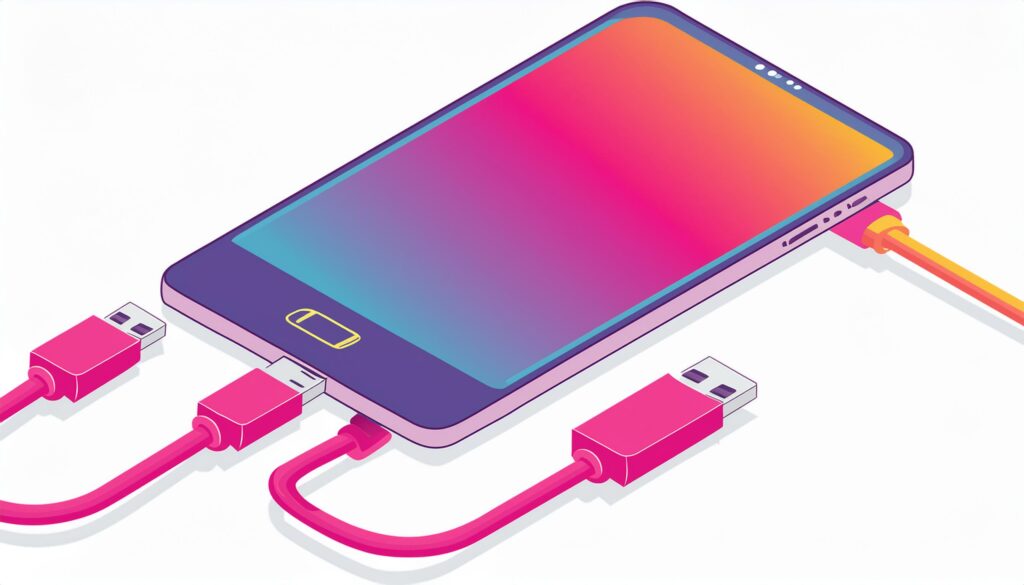
In the realm of mobile technology, the Universal Serial Bus (USB) has become a cornerstone feature, playing a pivotal role in connectivity, data transfer, and charging capabilities of smartphones. From its humble beginnings to its advanced iterations, USB technology has undergone significant evolution, enhancing user convenience and device functionality.
Evolution of USB in Phones
USB 1.0 and 2.0: Foundation of Connectivity
Introduced in the late 1990s, USB 1.0 marked the beginning of a standardized connection interface for devices, including early mobile phones. With data transfer speeds up to 12 Mbps, USB 1.0 enabled basic file transfers and connectivity with computers. USB 2.0, introduced in 2000, improved upon this with faster speeds up to 480 Mbps, allowing for quicker data synchronization and multimedia transfers between PCs and phones.
USB 3.0: Speed and Efficiency
As smartphones evolved into multimedia powerhouses, USB 3.0 emerged in 2008 to meet the demands for faster data transfer rates. Capable of speeds up to 5 Gbps, USB 3.0 significantly reduced the time required to transfer large files, such as HD videos and high-resolution photos, between devices. This iteration also introduced improved power efficiency, optimizing battery charging times when connected to compatible USB chargers.
USB Type-C: The Modern Standard
In recent years, USB Type-C has revolutionized connectivity in smartphones. Known for its reversible connector design, USB Type-C eliminates the frustration of plugging in the cable the wrong way. Beyond convenience, USB Type-C supports faster data transfer speeds up to 10 Gbps and higher power delivery up to 100W, enabling rapid charging and powering of larger devices like laptops via a single cable.
Functionalities of USB in Modern Phones
Charging Capabilities
USB has standardized charging protocols such as USB Power Delivery (USB PD), enabling faster and more efficient charging of smartphones. USB PD allows devices to negotiate power requirements, delivering optimal charging speeds while maintaining compatibility across a wide range of devices.
Data Transfer
USB facilitates seamless data transfer between smartphones, computers, and other peripherals. Whether transferring photos, videos, music, or documents, USB ensures reliable and swift data exchange, supporting productivity and multimedia consumption on the go.
Peripheral Connectivity
USB connectivity extends beyond charging and data transfer to support a myriad of peripherals. From external storage drives to keyboards, mice, and audio interfaces, USB connectivity enhances the versatility of smartphones, transforming them into productivity hubs or entertainment centers.
Future Trends and Innovations
Looking ahead, the future of USB in smartphones promises even greater advancements. Technologies like USB 4.0 are set to further enhance data transfer speeds and compatibility across devices, while innovations in USB Type-C connectors continue to streamline user experience and device functionality.
Conclusion
The evolution of USB technology has played a crucial role in shaping the capabilities and user experience of smartphones. From basic connectivity to high-speed data transfer and versatile charging options, USB continues to adapt and innovate, meeting the growing demands of modern mobile lifestyles. As smartphones evolve, so too will the role of USB, ensuring seamless connectivity and enhanced functionality for users worldwide.
Understanding the significance of USB in smartphones empowers consumers to make informed choices when selecting devices that best suit their connectivity and performance needs. For more insights into mobile technology and device functionalities, stay tuned to the latest updates in the tech world.